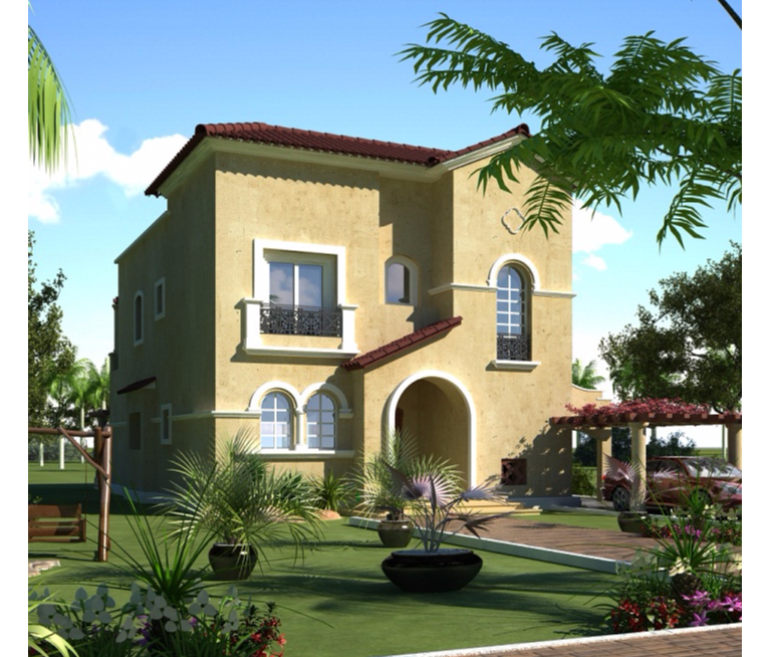Studies & Master planning
At ECG, we understand that master planning guides growth and development, and as such is paramount to the future success of all projects. This is why we really give it our all.
Our master planning approach covers urban planning, land-use planning, transportation facilities, open spaces, and public services, as well as environment and heritage conservation precincts; and if this is not enough, we conduct a broad range of other studies pertaining to air, soil, water, health, and safety.
These studies include Economic Impact Analyses, Energy Efficiency Potential Studies, Environmental Impact Assessments, Feasibility Studies, Geotechnical & Ground Engineering Studies, GIS Studies, Hazard & Operability Studies (HAZOP), Hydrologic & Hydraulic Studies, Land Valuations, Marketing Researches, Population Studies, Real Estate & Asset Appraisals, Social Impact Assessments, Solid Waste Management Studies, Traffic Impact Assessments, Urban Development Studies, and water, air, and soil characterizations.
This meticulous attention to detail and comprehensive approach has paid off. Today, we are the trusted name in the field of engineering consultancy both nationally and globally. In addition, we take great pride in that.
see projects related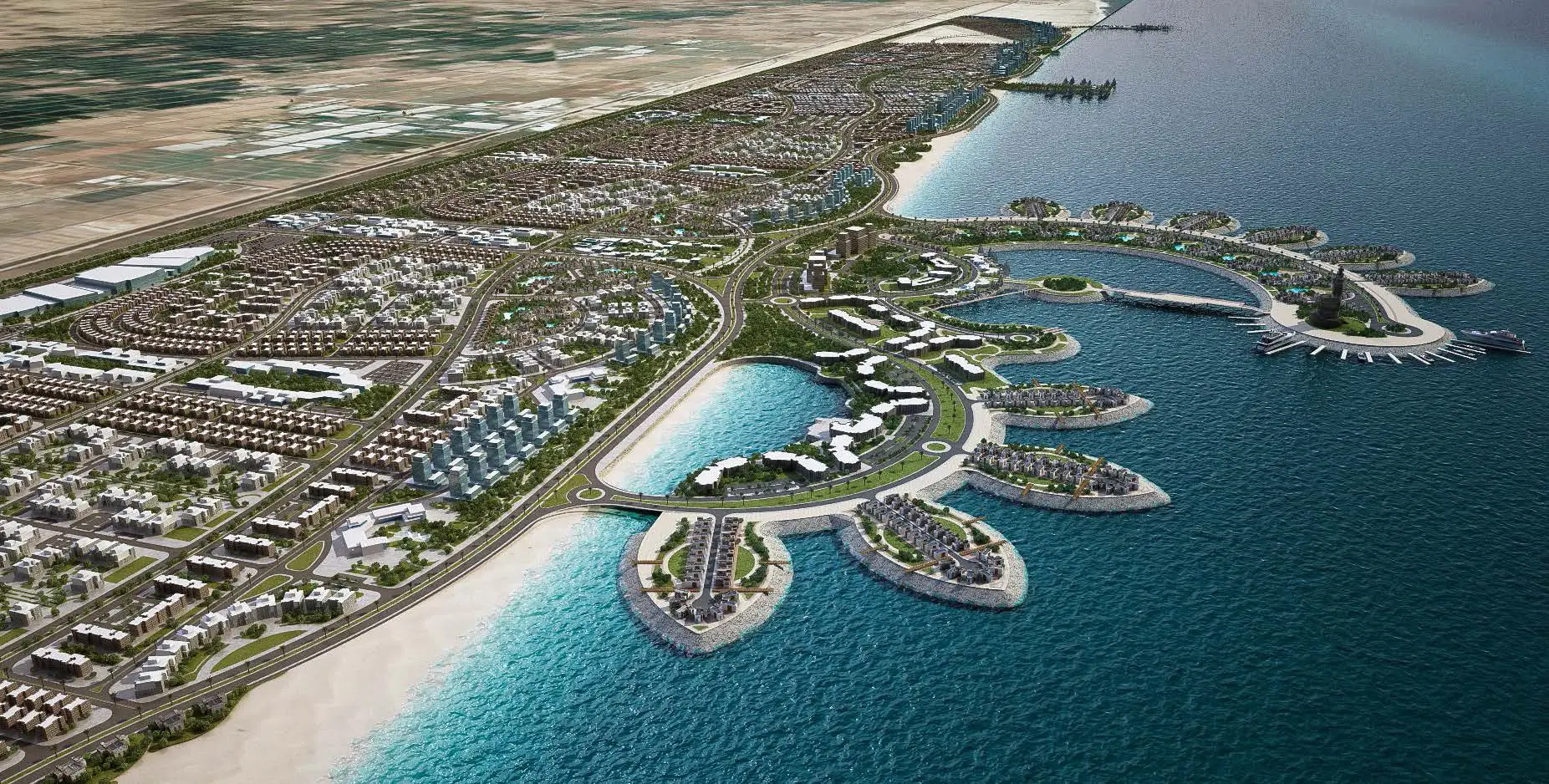
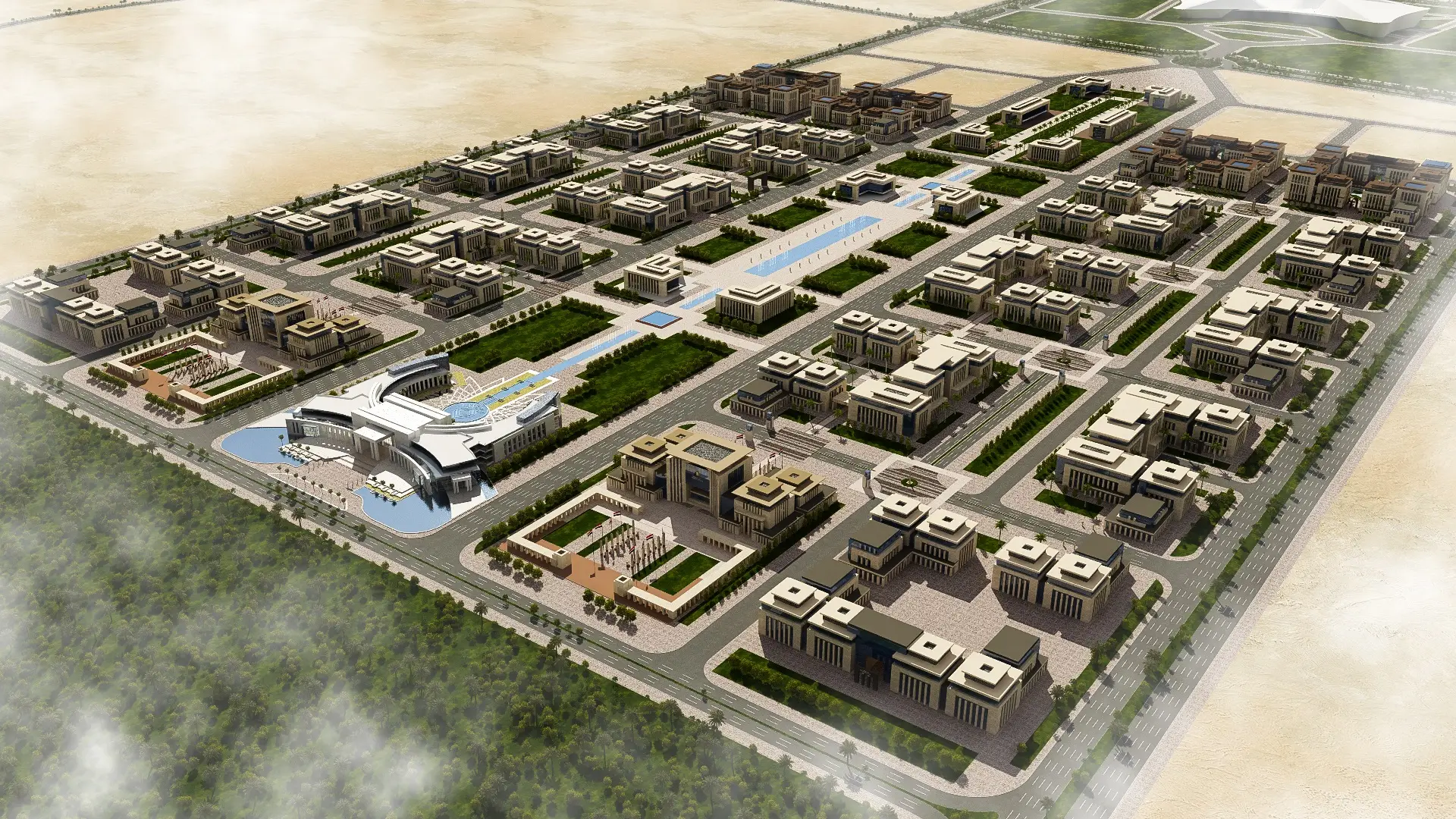
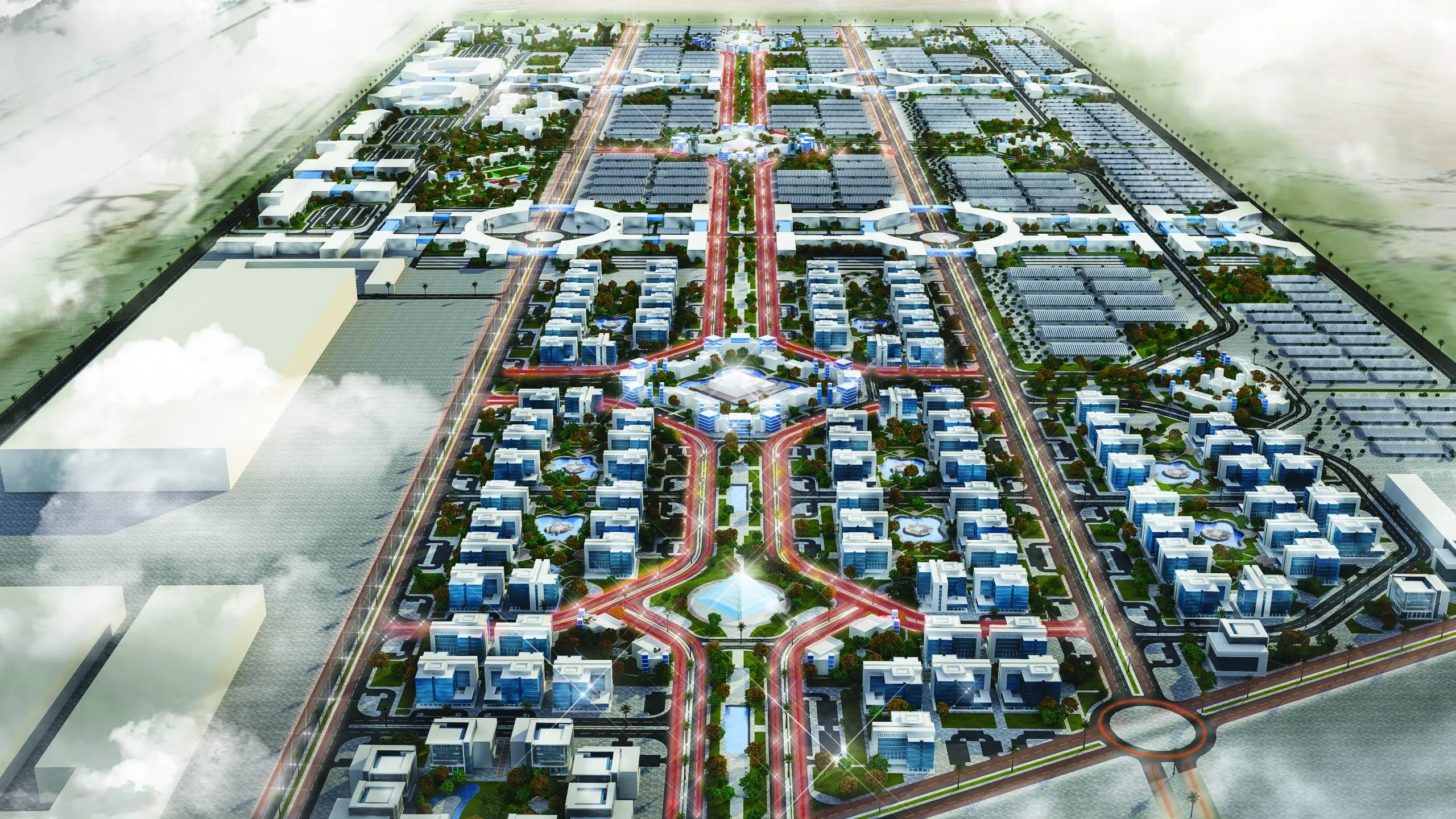
Alexandria Wastewater Program (Phase I)
Alexandria’s sewer and storm-water networks, pumping stations, and treatment plants were old and deteriorating.
Sewer breaks were frequent and untreated sewage flooded over the city streets. Raw sewage was directly discharged into the Mediterranean Sea, polluting both the sea and the beaches. To address such critical situation, a phased implementation plan was initiated by the Government of Egypt and funded by the USAID to improve and expand Alexandria’s wastewater system.
ECG, in joint venture with two global US consultants Metcalf & Eddy and CH2MHill, designed and supervised the construction of pumping stations, two major treatment plants, two bored tunnels of 21 km length and up to 1,200 mm diameter each, under-crossings, force mains, collectors, sewer networks, sea outfalls, drain improvement, sludge disposal facilities, and mechanical sludge dewatering facilities.
From 1980 to 1995, the following sub-projects were implemented under the Wastewater Upgrade Program (Phase I):
- Review and update of Alexandria Wastewater Master Plan up to the year 2000. This review included in-depth feasibility study for re-use of treated wastewater to develop an agricultural area of 70,000 acres. The review also considered the disposal of primary treated wastewater effluent through sea outfalls.
- Field investigations included comprehensive soil investigations and survey programs. The survey works comprised land survey and aerial photography for 750 km2 . Works also comprised ground control of horizontal and vertical stations tied to the national second degree network and mapping in scales of 1:1000 ,1:500 and 1:5000.
- Abu Qir Force Main: 1.2 km long and 450 mm diameter.
- Sidi Bishr Force Main: 1.3 km long and 1,000 to 1,200 mm diameter.
- Smouha Force Main: 1.7 km long and 600 to 1,800 mm diameter.
- East Zone Force Main: 5.5 km long, double line and 1,500 to 1,800 mm diameter.
- Smouha Collectors: gravity sewers 6.1 km long and 200 to 2,750 mm diameter with associated manholes.
- Sidi Bishr Collectors: gravity sewers 4.3 km long and 1,200 to 1,500 mm diameter with associated manholes.
- Abu Qir Collectors: gravity sewers 6.7 km long and 300 to 1,500 mm diameter with associated manholes.
- Smouha Sewage Networks: gravity sewers, 11 km long and 200 to 900 mm diameter with associated manholes.
- Abu Qir Sewage Networks: gravity sewers, 32 km long and 200 to 800 mm diameter with associated manholes.
- ElSiouf ElKeblia and Hagar Elnawatiya Sewage Networks: gravity sewers, 8 km long and 200 to 800 mm diameter with associated manholes.
- Hydrodrome Drain Improvement including: new transition structures and miscellaneous appurtenances.
- Smouha Drain Improvement: by adding new sewers, manholes, junction boxes, transition structures and miscellaneous appurtenances.
- New East Zone Pumping Station: 21 m deep, with maximum lifting capacity of 600,000 m3/day. For dry construction purposes, a 20 m long steel sheet piles were driven to form circular cofferdam with 54 m diameter.
- New Smouha Pumping Station: 17 m deep, with maximum lifting capacity of 340,000 m3/day. For dry construction purposes, a 20 m long steel sheet piles were driven to form a circular cofferdam with 45 m diameter. An intensive dewatering system was designed and implemented during the construction period.
- New Sidi Bishr Pumping Station: 13 m deep, with maximum lifting capacity of 165,000 m3/day.
- New Maamoura Pumping Station: 12 m deep, with maximum lifting capacity of 100,000 m3/day. For dry construction purposes, a 20 m long steel sheet piles were driven to form a circular cofferdam with 45 m diameter. An intensive dewatering system was designed and implemented during the construction period.
- Upgrading the East Treatment Plant including: new headwork structures, a new flow split structure, demolishing existing clarifiers and constructing eight (8) new ones, eight (8) new pumping stations and a new on-site employee housing. (further description of the project is included in the subsequent sheets).
- Upgrading the West Treatment Plant including: new influent pumping station (955,500 m3/day), new headworks, new primary sedimentation tanks, yard piping (200 mm to 2,750 mm diameter), modifications to existing building and new on-site employee housing (further description of the project is included in the subsequent sheets).
- ElSiouf ElKeblia and West Zone Tunnels: 21 km long of 1,200 mm diameter each. Tunneling execution was either by using tunneling boring machine or by shield and jacking equipment according to soil characteristics. All manholes were constructed by sinking caisson method.
- Smouha and East Zone Undercrossings including:
- – Smouha force main undercrossings with two highways and a double-track branch line railroad (by jacking method) and with a canal (by tunnel boring machine).
- East Zone force main undercrossings with two highways and a doubletrack main line railroad (by jacking method) and with a canal (by tunnel boring machine).
- Smouha drain undercrossing with two highways and a double track branch line railroad (by jacking method).
- Sludge Disposal Facilities: for the disposal of sludge, grit, scum and screenings of the treatment plants.
- Mechanical Sludge Dewatering Facilities: including new sludge equalization tanks; new dewatering pump station with equalization tank; blower and sludge transfer pumps; new dewatering building with sludge feed pumps; belt filter passing polymer system and sludge cake conveyors.
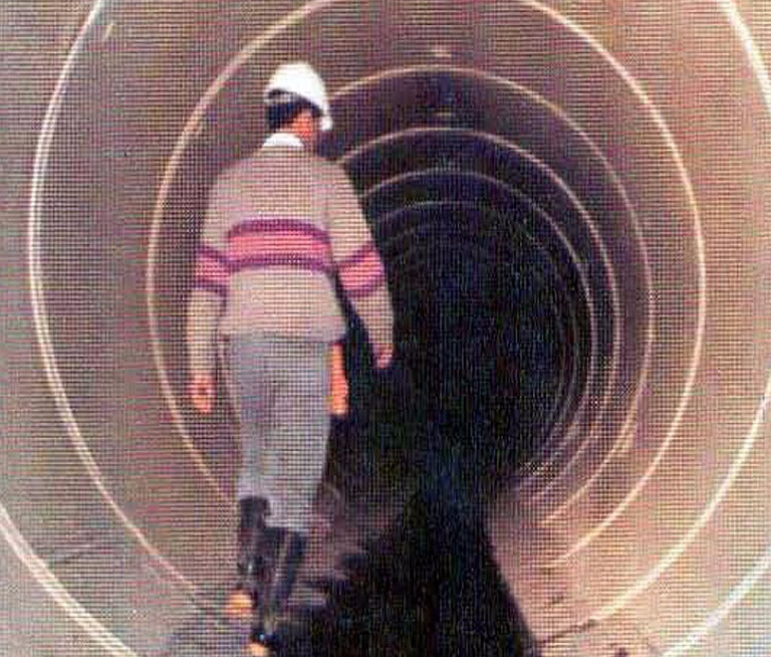
Cordoba Hills
The Cordoba Hills Project is developed as a self contained city, designed to nurture healthy family living and provide a unique lifestyle for all its residents. The residential development will be an integrated compound, providing first-class facilities to ensure harmonious and comfortable day to day living. With proximity to urban Aleppo but at a distance from the traffic and chaos associated with city life, Cordoba Hills is ideally located and surrounded by an environmentally rich landscape of vegetation that makes up more than 60% of the land. Located 18 km (15 minutes) from the ever expanding city of Aleppo, Cordoba Hills is spread over 1.3 million square meters of outstanding natural beauty.
The Cordoba Hills project is characterized by its clusters. Comprising 800 luxurious villas all distributed over twenty clusters; Cordoba Hills ensures its residents the privacy and independency they seek.
To accommodate diverse tastes, Cordoba Hills offers several villa types for residents to choose from: Spanish, colonial French, Mexican, and Moroccan the exceptional layout of every home ensures the best use of interior space, regardless of which villa type or design is chosen. Each home will exist in harmony with its outside surroundings, providing breathtaking scenery as well as absolute privacy for all residents.
see projects related